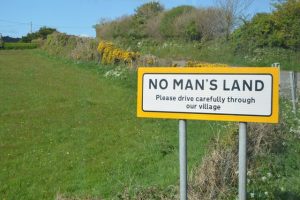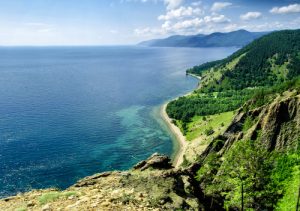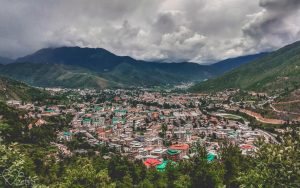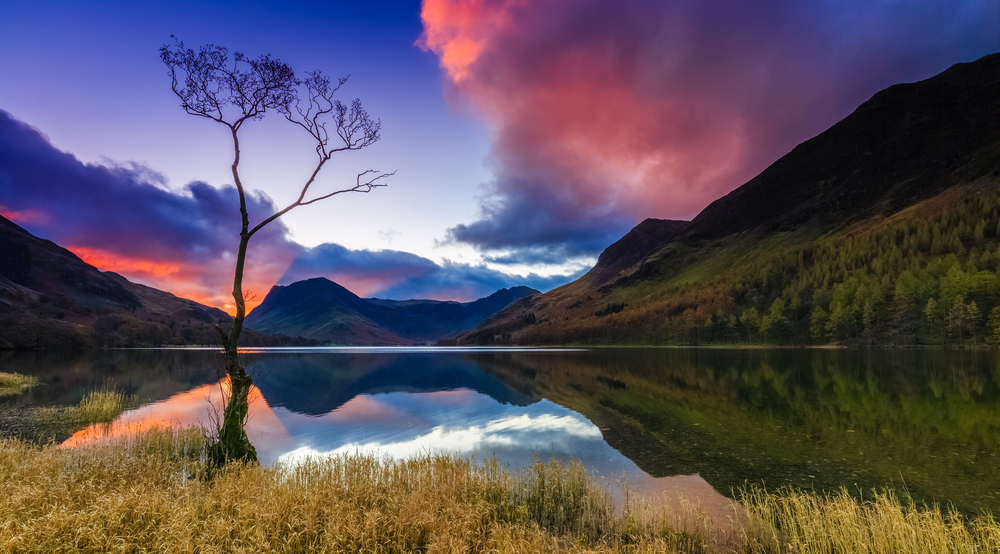
Five Minutes Spare, (a.k.a the best website in the world), is based in Cumbria, so we thought we’d tell you a little bit about where we’re from.
We’re one of the border counties, meaning we’re a stones throw away from Scotland. Cumbria was created in April 1974 through, essentially, the merging of Cumberland and Westmorland, to which parts of Lancashire (the area known as Lancashire North of the Sands) and the West Riding of Yorkshire were added. (This is better explained later on in the article).
During the “Neolithic” period the area contained an important centre of stone axe production (the so called ‘Langdale Axe Factory’), products of which have been found across Great Britain. During this period stone circles and henges began to be built across the county and today ‘Cumbria has one of the largest number of preserved field monuments in England’.
While not part of the region conquered in the Romans’ initial conquest of Britain in 43 AD, most of modern-day Cumbria was later conquered in response to a revolt deposing the Roman-aligned ruler of the Brigantes in 69 AD. The Romans built a number of fortifications in the area during their occupation, the most famous being UNESCO World Heritage Site Hadrian’s Wall which passes through northern Cumbria.
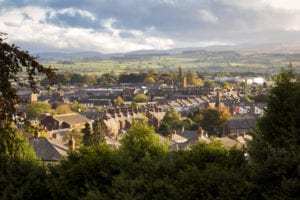
Penrith, Cumbria.
Although Cumbria was previously believed to have formed the core of the Early Middle Ages Brittonic kingdom of Rheged (FYI, the modern day Rheged is a cinema centre just outside Penrith, don’t get confused), more recent discoveries near Galloway appear to contradict this. For the rest of the first millennium, Cumbria was contested by several entities who warred over the area, including the Brythonic Celtic Kingdom of Strathclyde and the Anglian kingdom of Northumbria. Most of modern-day Cumbria was a principality in the Kingdom of Scotland at the time of the Norman conquest of England in 1066 and thus was excluded from the Domesday Book survey of 1086. In 1092 the region was invaded by William II and incorporated into England. Nevertheless, the region was dominated by the many Anglo-Scottish Wars of the latter Middle Ages and early modern period and the associated Border Reivers who exploited the dynamic political situation of the region. There were at least three sieges of Carlisle fought between England and Scotland, and two further sieges during the Jacobite risings.
After the Jacobite Risings of the eighteenth century, Cumbria became a more stable place and, as in the rest of Northern England, the Industrial Revolution caused a large growth in urban populations. In particular, the west-coast towns of Workington, Millom and Barrow-in-Furness saw large iron and steel mills develop, with Barrow also developing a significant shipbuilding industry. Kendal, Keswick and Carlisle all became mill town, with textiles, pencils and biscuits among the products manufactured in the region. The early nineteenth century saw the county gain fame as the Lake Poets and other artists of the Romantic movement, such as William Wordsworth and Samuel Taylor Coleridge, lived among, and were inspired by, the lakes and mountains of the region. Later, the children’s writer Beatrix Potter also wrote in the region and became a major landowner, granting much of her property to the National Trust on her death. In turn, the large amount of land owned by the National Trust assisted in the formation of the Lake District National Park in 1951, which remains the largest National Park in England and has come to dominate the identity and economy of the county.
The county of Cumbria was created in 1974 from the traditional counties of Cumberland and Westmorland, the Cumberland County Borough of Carlisle, along with the North Lonsdale or Furness part of Lancashire, usually referred to as “Lancashire North of the Sands”, (including the county borough of Barrow-in-Furness) and, from the West Riding of Yorkshire, the Sedbergh Rural District. It is governed by Cumbria County Council.
